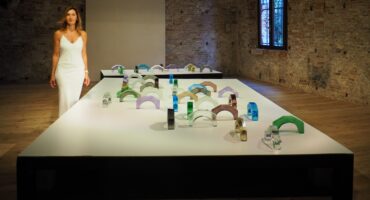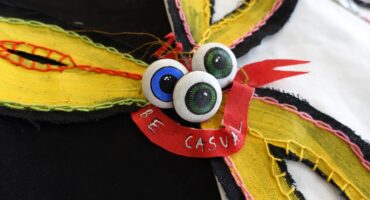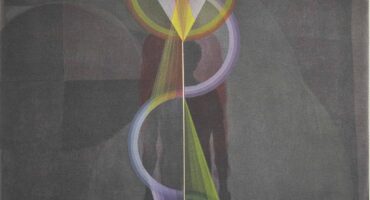- Home
- TÊTE-À-TÊTE
- NUVEEN BARWARI
NUVEEN BARWARI
NUVEEN BARWARI
Painting with Fabrics
Nuveen Barwari is a US-based mixed-media artist. She uses found fabrics and textiles, often of Kurdish origin, exploring their inherited histories and symbolism while challenging artistic conventions. Beyond aesthetics, Barwari’s art delves into material culture, language and acts of protest, offering a unique perspective on identity that contributes to a broader dialogue on cultural significance.
Barwari was born in Nashville, Tennessee in 1995, to a family of first-generation Iraqi Kurdish-American parents. Nashville has the largest Iraqi Kurdish population in the US, so she has always felt close to her culture. She moved back to Dohuk in Kurdistan at the age of 11, but returned to the US at 17 – a major cultural shift in her upbringing and environment. She stresses the importance of her years in Kurdistan:
“My first real exposure to art was when I was living in Kurdistan. I was inspired by the beautiful mountainous landscape, the bazaars and the colourful shops that were full of different textures, fabrics and spices.”
Barwari’s artistic journey revolves around the intricate process of crafting a personal lexicon through the manipulation of fabrics, forging connections between the two distinct places and cultures that have shaped her upbringing.
“It’s incredible how big a role the places that we live in play in shaping who we are. Our identity is constantly shifting. I think fabric and collage are really good materials to find ways to explore that shift, that fragmented state of being.”
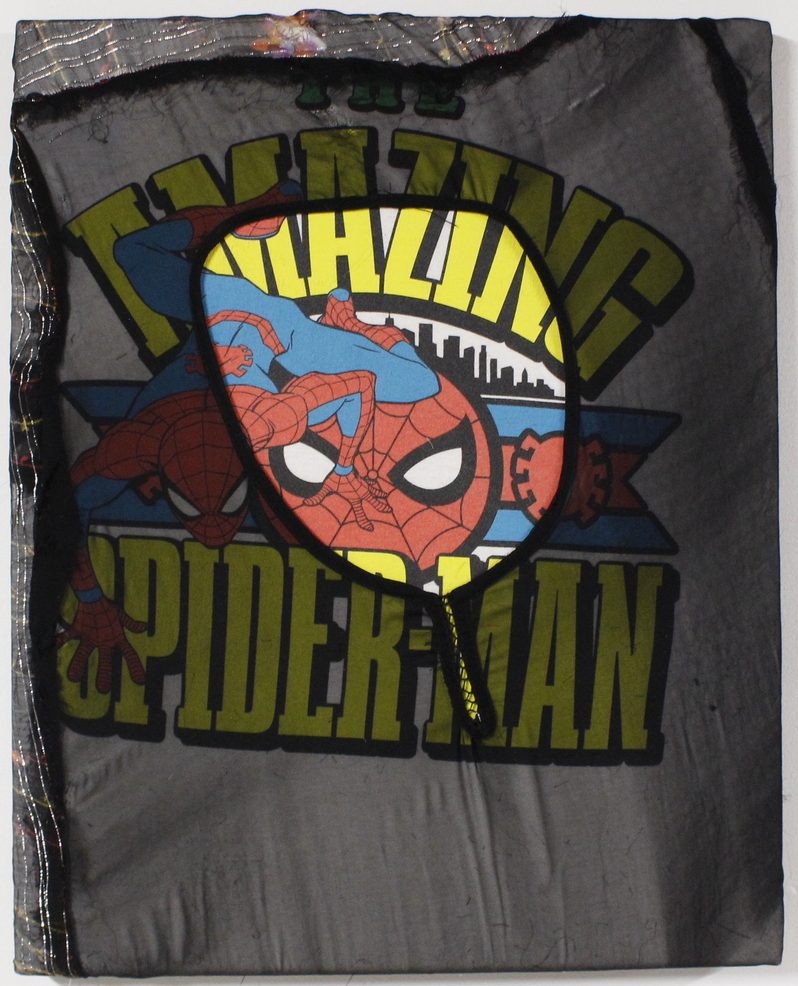
To her, this artistic endeavour transcends mere creation; it is a profound act of worldbuilding. As she immerses herself in the act of crafting her pieces, she traverses an imaginative realm that exists between realities. Barwari hopes that her artworks resonate with individuals who have experiences of the problems and emotions surrounding emigration, as well as audiences unfamiliar with such concerns. Via evocative storytelling, her art becomes a bridge of understanding and empathy, transcending boundaries and engaging diverse perspectives.
Barwari’s creative process always starts with picking out a piece of fabric that speaks to her; she might cut it, pin it to the wall, colour it or leave as is – conceptualising the material is a major part of Barwari’s practice.
“There’s always an element of surprise in the studio. I’m so comfortable with my materials that I can make a cut, close my eyes, pick up something off of the ground in my studio, put it together and trust that there are some connections and conversations happening.”
She explains that her close relationship with fabric finds its origins in the richness of Kurdish culture, where fabric is revered and often given as a gift. She often incorporates worn Kurdish dresses into her work, thereby breathing new life and meaning into the garments. Barwari’s deep affection for each dress is palpable as she conveys the particular personality and symbolic significance inherent in each one. She also juxtaposes traditional Kurdish dress fabrics with contemporary Western textiles with Cheetos or Louis Vuitton logos; an approach inspired in part by the Pop art movement of the 1950s.
Her background in drawing and painting – Barwari has an MFA in fine art from the University of Tennessee, Knoxville – informs much of her practice. She transposes the principles learned from composition building and colour theory to her textile work. As she puts it, “sometimes I see my practice as painting without paint but fabric instead.”
This is a sample text. You can click on it to edit it inline or open the element options to access additional options for this element.
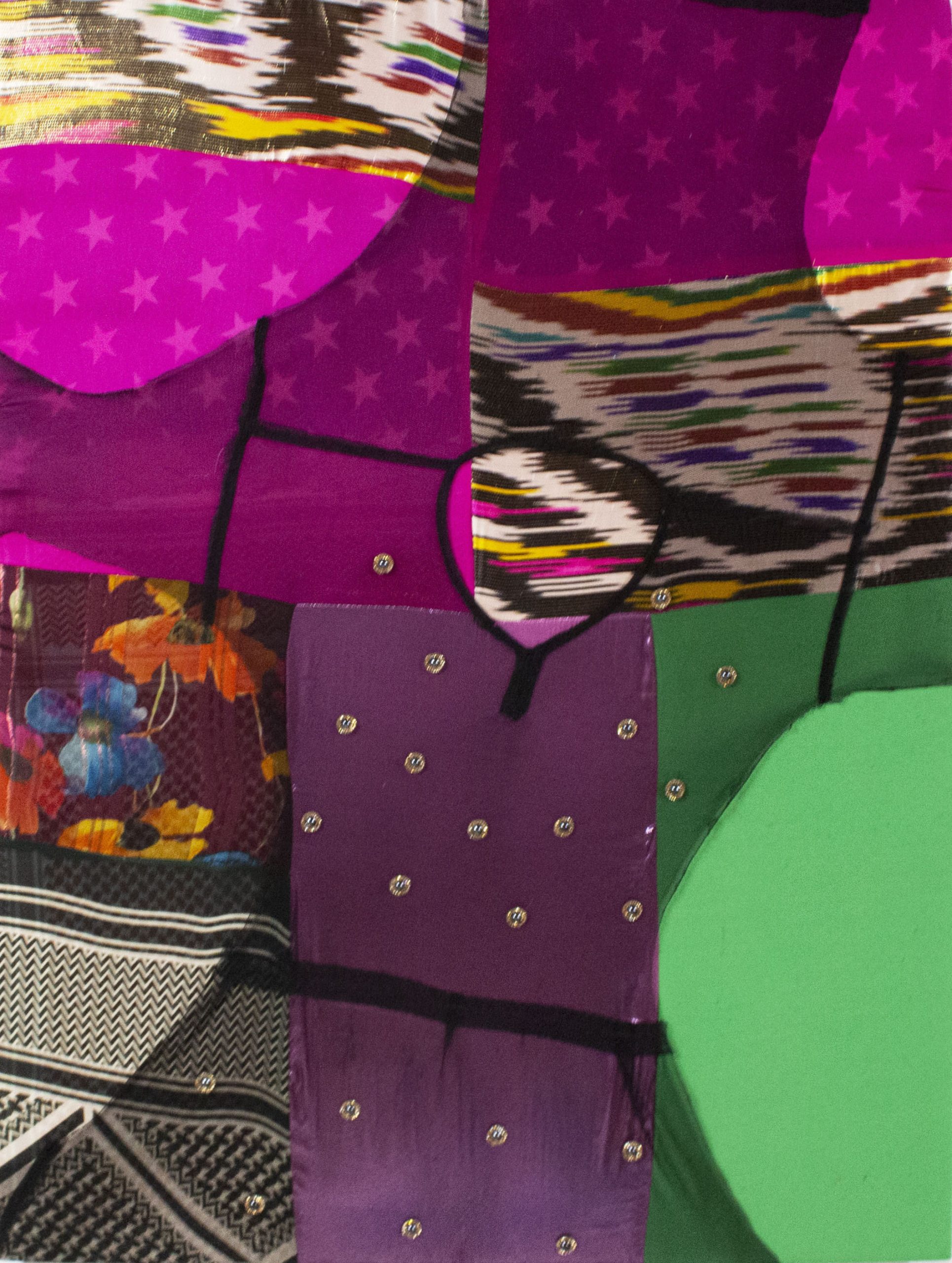
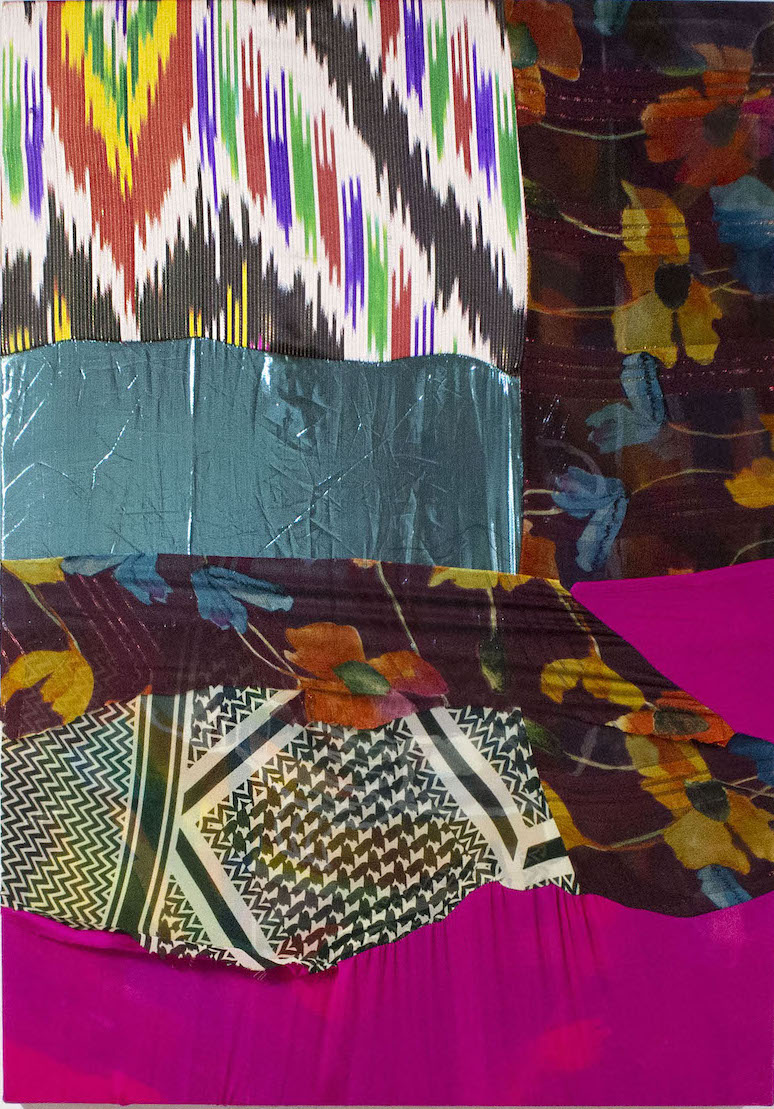
Related Articles
The Magazine
Recent Posts
-
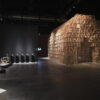
Cultural Diplomacy and Artistic Dialogues: Exploring ‘Beneath the Gaze of the Palms’
Cultural Diplomacy and Artistic Dialogues: Expl... -
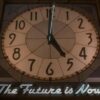
The Time is Now: How Artists Respond to the Idea of Time
THE TIME IS NOW: HOW ARTISTS RESPOND TO THE IDE... -

Cultural Crossroads: Stories of Exchange
CULTURAL CROSSROADS: STORIES OF EXCHANGE Januar... -
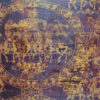
Colour Series Part IV: Purple
COLOUR SERIES PART IV: PURPLE The colour purple... -
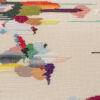
On Embroidery & Motherhood with Iliodora Margellos
On Embroidery & Motherhood with Iliodora Ma...
WANT TO STAY UPDATED WITH ITERARTE LATEST ACTIVITES AND NEWS?
Sign up to our newsletter to be one of the first people to access our new art, learn all about our latest launches, and receive invites to our exclusive online and offline art events.

